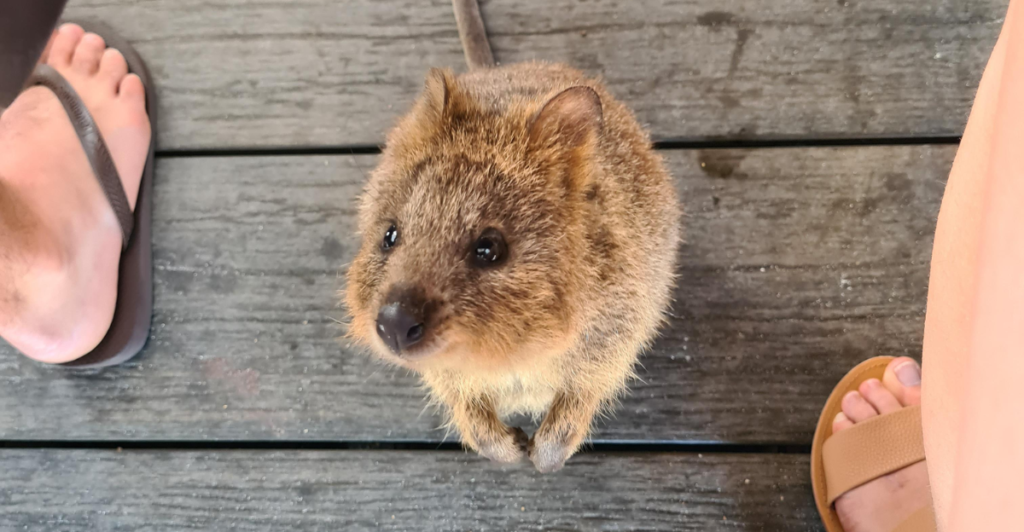
Tiny creatures with big personalities steal hearts across the globe. Some thrive in extreme landscapes, while others are bred for companionship. But their cuteness isn’t just for show—many have surprising adaptations that help them survive. From pint-sized predators to therapy animals, these miniature mammals prove that small can be mighty. Let’s meet eight of the most adorable ones!
The Sand Cat—A Desert Survivor in a Tiny Package
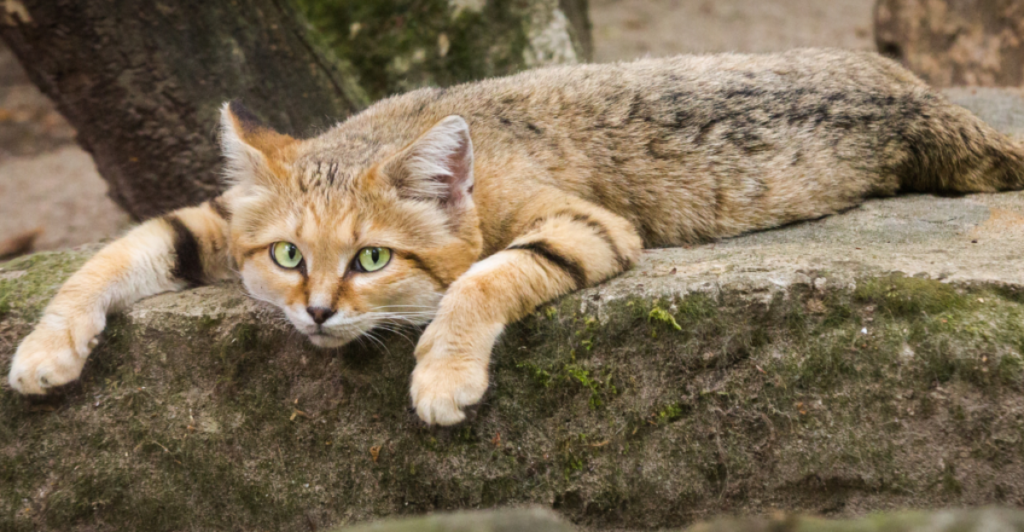
With its wide eyes and tiny frame, the sand cat looks like a stuffed toy. But don’t be fooled—this miniature feline is a fierce hunter built for survival in the world’s harshest deserts. Found in the Sahara Desert, Arabian Peninsula, and parts of Central Asia, it lives underground during the blistering daytime heat, emerging at night to stalk prey. Its oversized, furry paws act like natural snowshoes, keeping it from sinking into the sand. Despite weighing only 1.5 to 3.4 kg (3 to 7.5 lbs), the sand cat has an iron stomach—it’s one of the few mammals that can hunt and eat venomous snakes. This elusive wild cat is rarely seen, but conservationists are working to protect its fragile habitat. With its round face and fluffy coat, it’s hard to believe this adorable predator is one of the desert’s most efficient killers.
Quokka—The World’s Happiest Animal
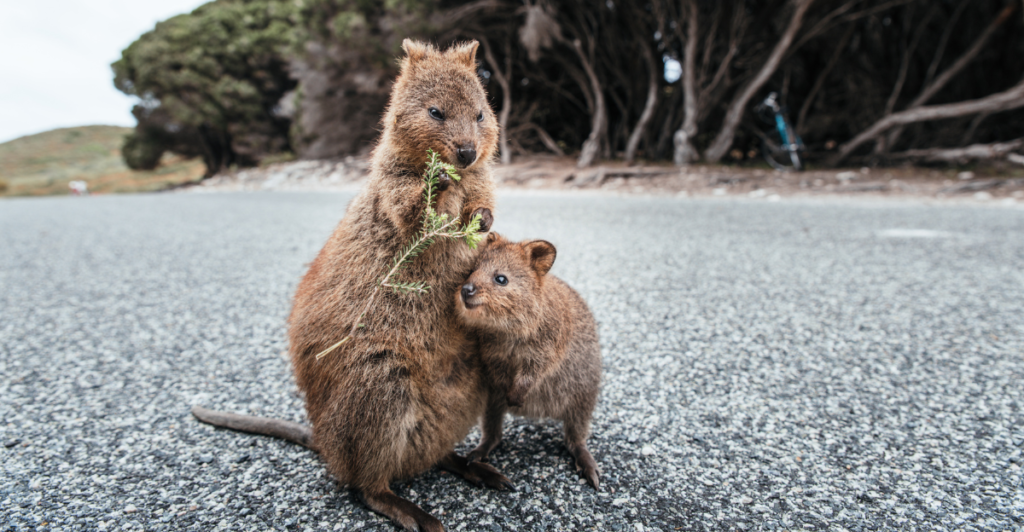
The quokka’s permanent smile has made it an internet sensation. Native to Australia, these cat-sized marsupials are actually a type of small wallaby. Their friendly nature and lack of natural predators make them surprisingly approachable. However, feeding them is illegal, as human food can harm their health. Their constant grin might make them look cheerful, but in the wild, survival is no laughing matter.
Harp Seal Pups—Snowy Angels of the Arctic
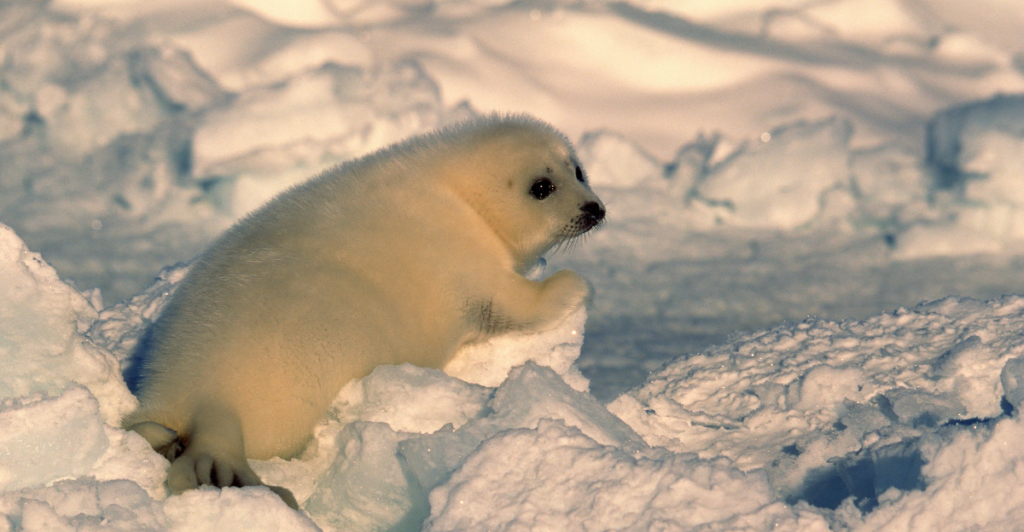
With pure white fur and deep black eyes, harp seal pups are some of the most photogenic animals in the world. Born on ice sheets in the North Atlantic, their snowy coats keep them camouflaged from predators. However, their greatest threat isn’t nature—it’s humans. Climate change is shrinking sea ice, making survival harder for these adorable marine mammals.
Nigerian Dwarf Goat—The Tiny Therapy Goat
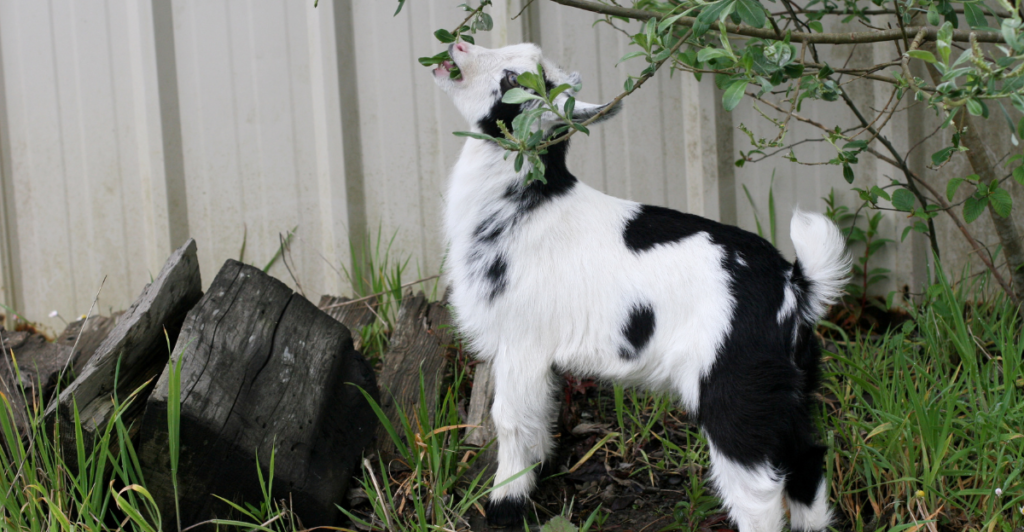
Move over, therapy dogs—Nigerian dwarf goats are taking over! These pint-sized goats are being used in emotional support programs due to their gentle nature and sociable personalities. Weighing around 40 – 70 lbs (18-31kg), they’re small enough to be handled easily and are known to provide comfort in hospitals and nursing homes.
Miniature Pig—The Smartest Pet You Didn’t Expect
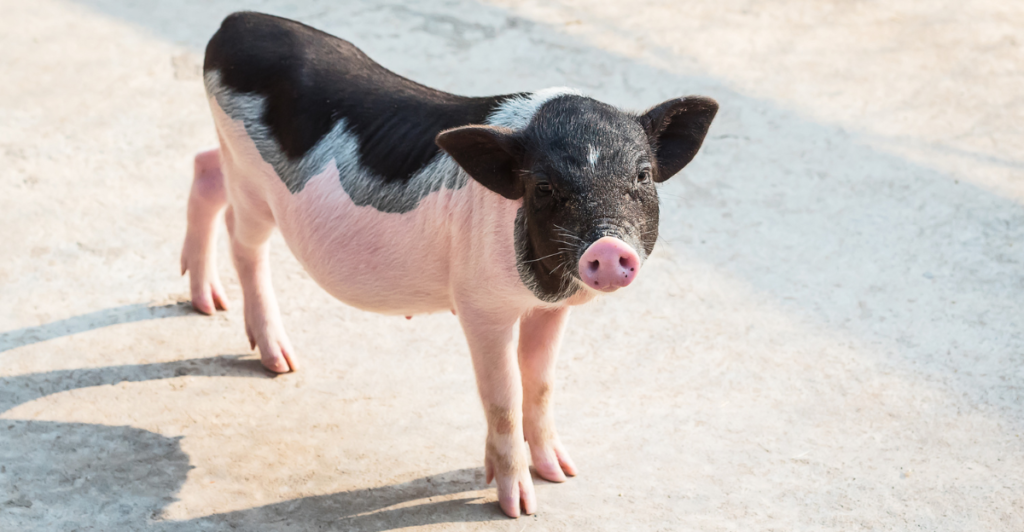
Mini pigs aren’t just cute—they’re among the smartest domestic animals, rivaling dogs in intelligence. These tiny versions of farm pigs have been selectively bred for their small size, though some grow much bigger than expected. They’re affectionate, playful, and even learn tricks. But be warned—owning one is a commitment, as they live up to 15 years!
Lop-Eared Rabbit—Floppy-Eared Charmers
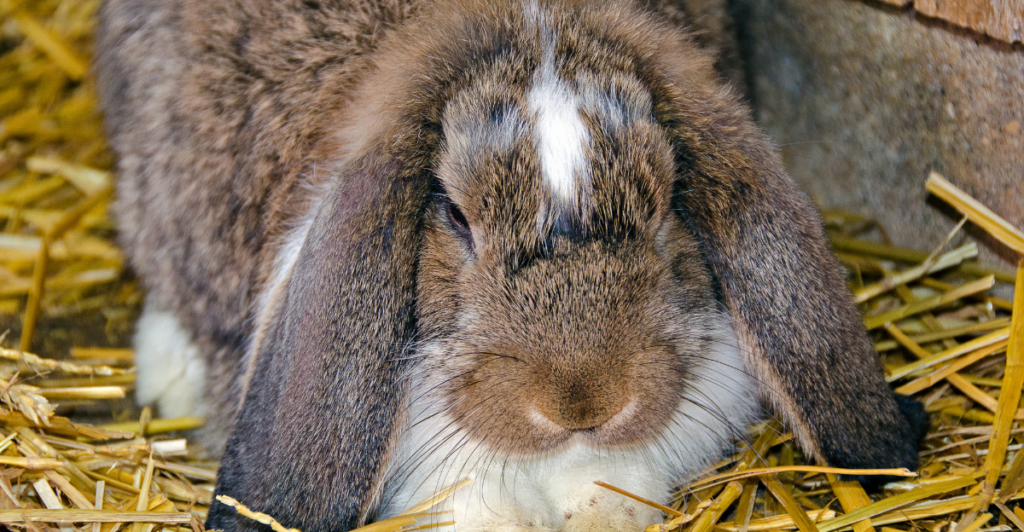
With long, drooping ears and a soft coat, lop-eared rabbits are irresistibly cute. Some breeds, like the English Lop, have ears so long they drag on the ground, stretching over 33 cm (13 inches)! While their floppy ears add to their charm, they also require special care, as they can be prone to infections. These gentle, affectionate bunnies make adorable companions.
Red Panda—The Ultimate Tree-Hugger
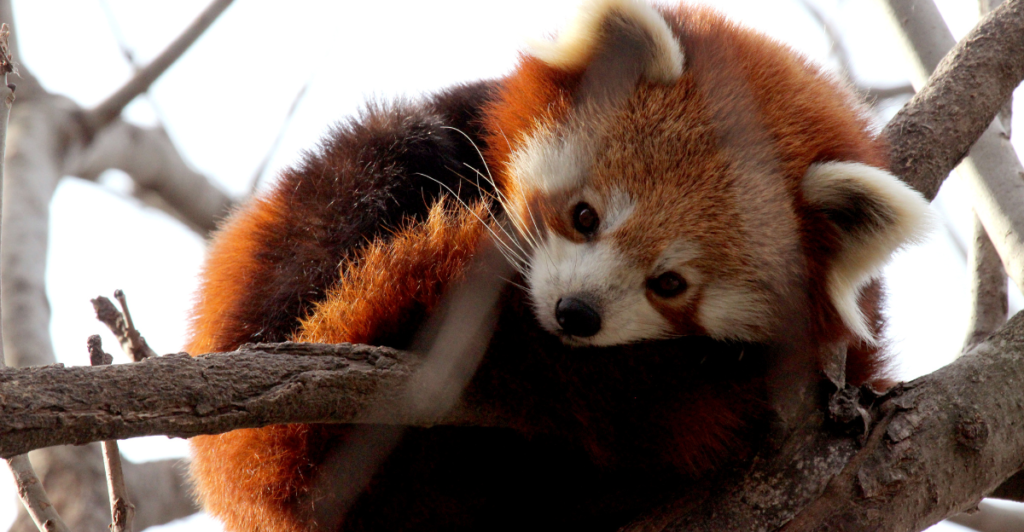
Red pandas are nature’s little acrobats, spending almost their entire lives in trees. Native to the Himalayas, they use their bushy tails for balance and warmth. Sadly, their numbers are dwindling due to habitat loss. Despite their name, they aren’t related to giant pandas—they have their own unique evolutionary lineage. Their fluffiness may be legendary, but their future is uncertain.
Four-Toed Hedgehog—The Tiny Ball of Spikes
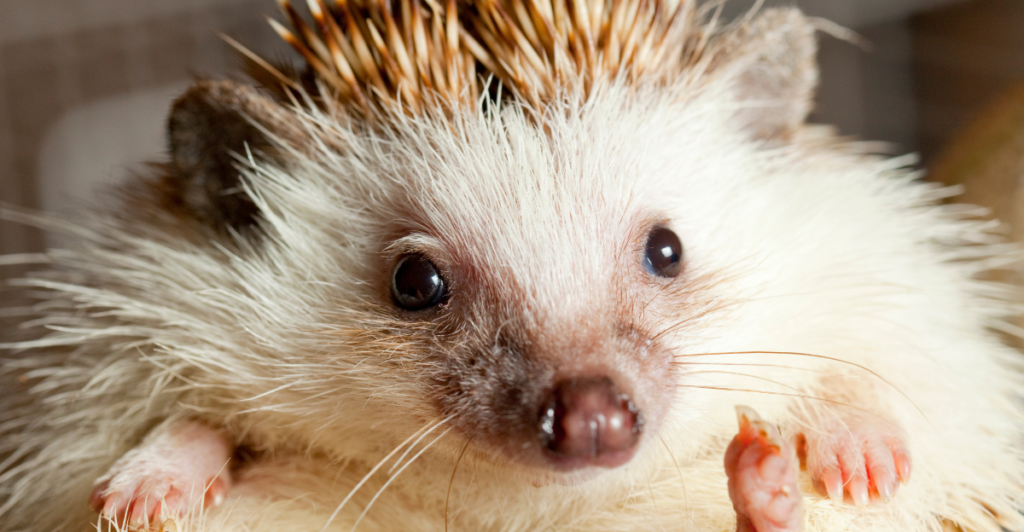
There are 17 species of hedgehogs across Europe, Asia, New Zealand and Africa, but the four-toed hedgehog stands out as one of the most adorable. Also called the African pygmy hedgehog, this tiny mammal is native to central and eastern Africa and has even been domesticated as a pet in some countries.Despite their cute appearance, hedgehogs are tough survivors. Their sharp quills provide protection against predators, and they can roll into a perfect ball when threatened.
Think Before You Snap—Why Selfies with Wildlife Are Harmful
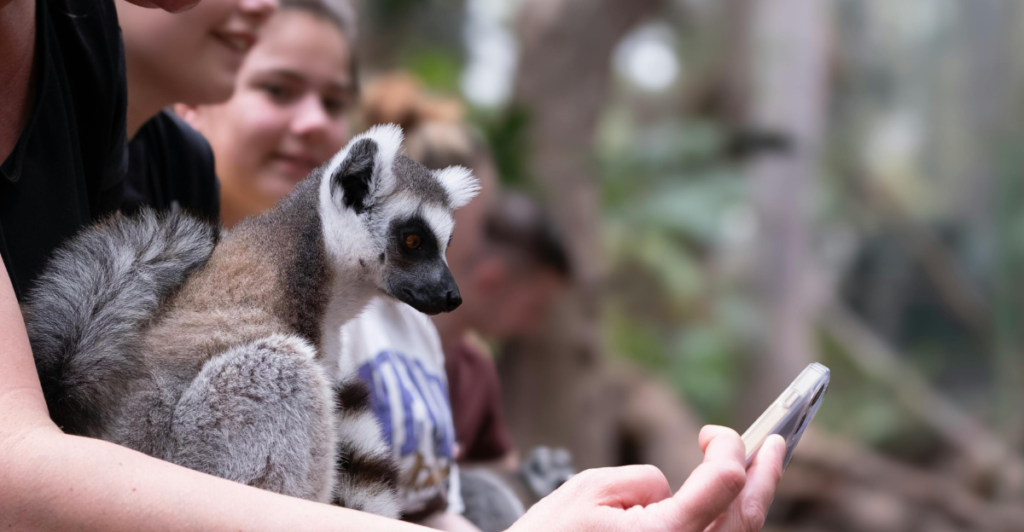
It’s tempting to take a selfie with a cute wild animal, but it can be dangerous—for both you and them. Many animals, like quokkas, seem friendly but can become stressed or even aggressive when handled. Flash photography can disorient nocturnal creatures, and feeding wildlife for a photo op disrupts their natural diet. Respecting their space helps keep them safe.
The Adorable Underdogs of the Animal Kingdom
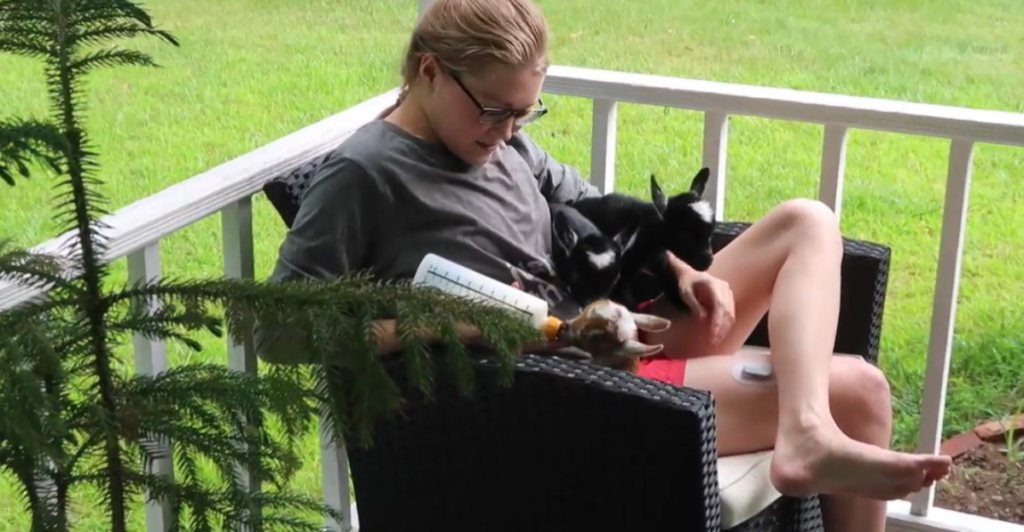
From the fierce sand cat to the therapy goat, these miniature mammals prove that size doesn’t define significance. Some rely on unique adaptations, while others win hearts with their charm. However, many face growing threats from habitat destruction and climate change. Whether wild or domesticated, these tiny creatures remind us that even the smallest lives deserve protection.
Explore more of our trending stories and hit Follow to keep them coming to your feed!
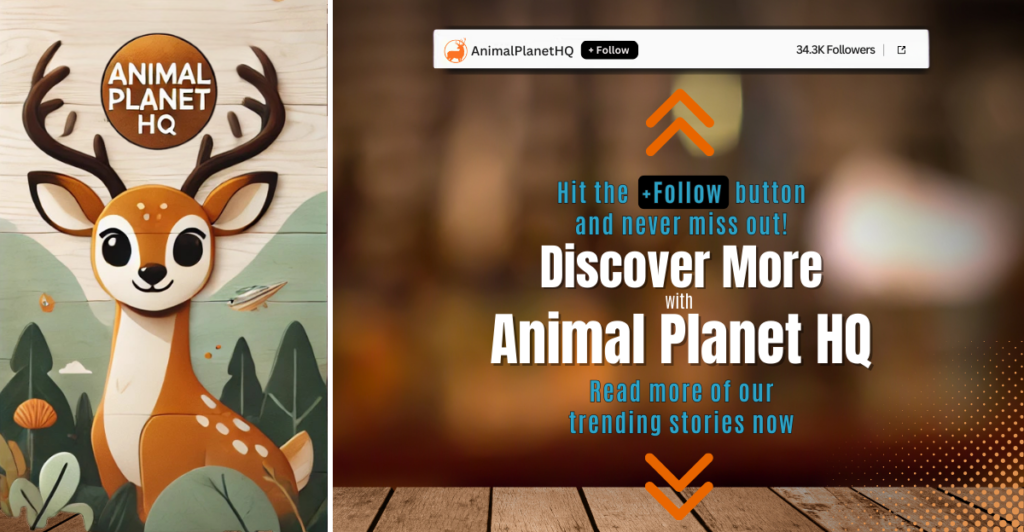
Don’t miss out on more stories like this! Hit the Follow button at the top of this article to stay updated with the latest news. Share your thoughts in the comments—we’d love to hear from you!







